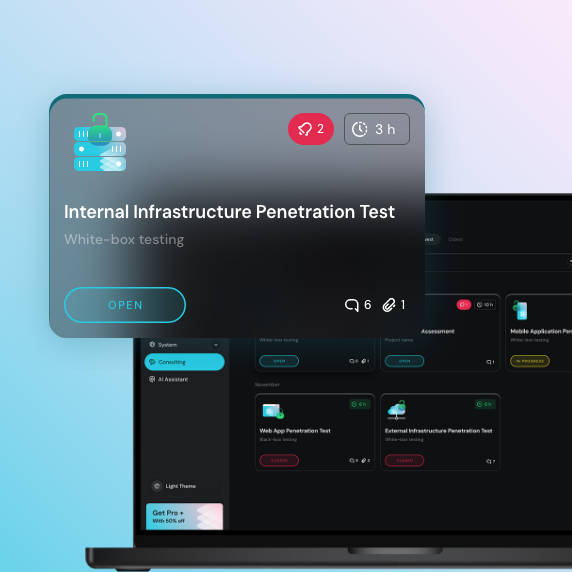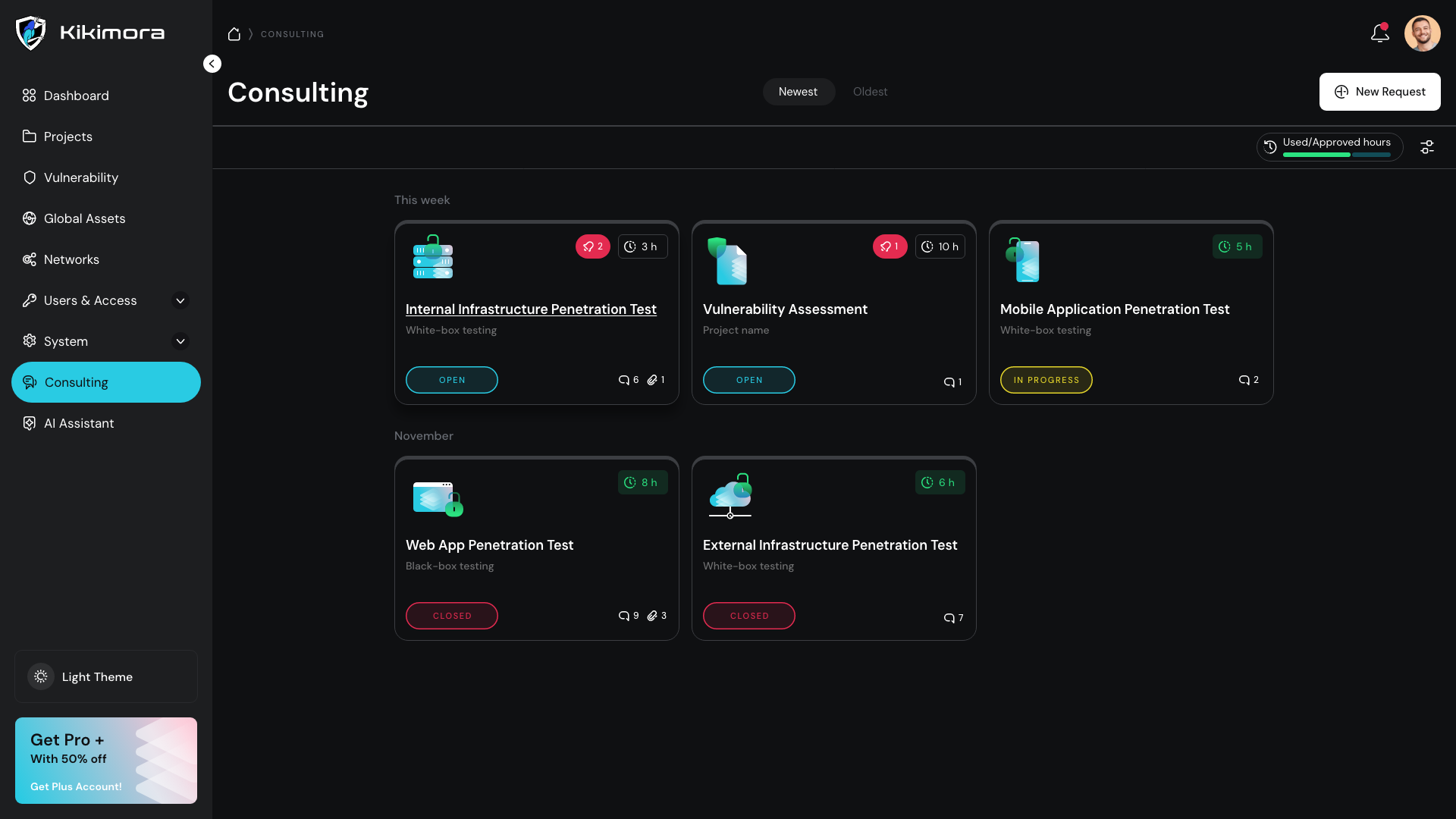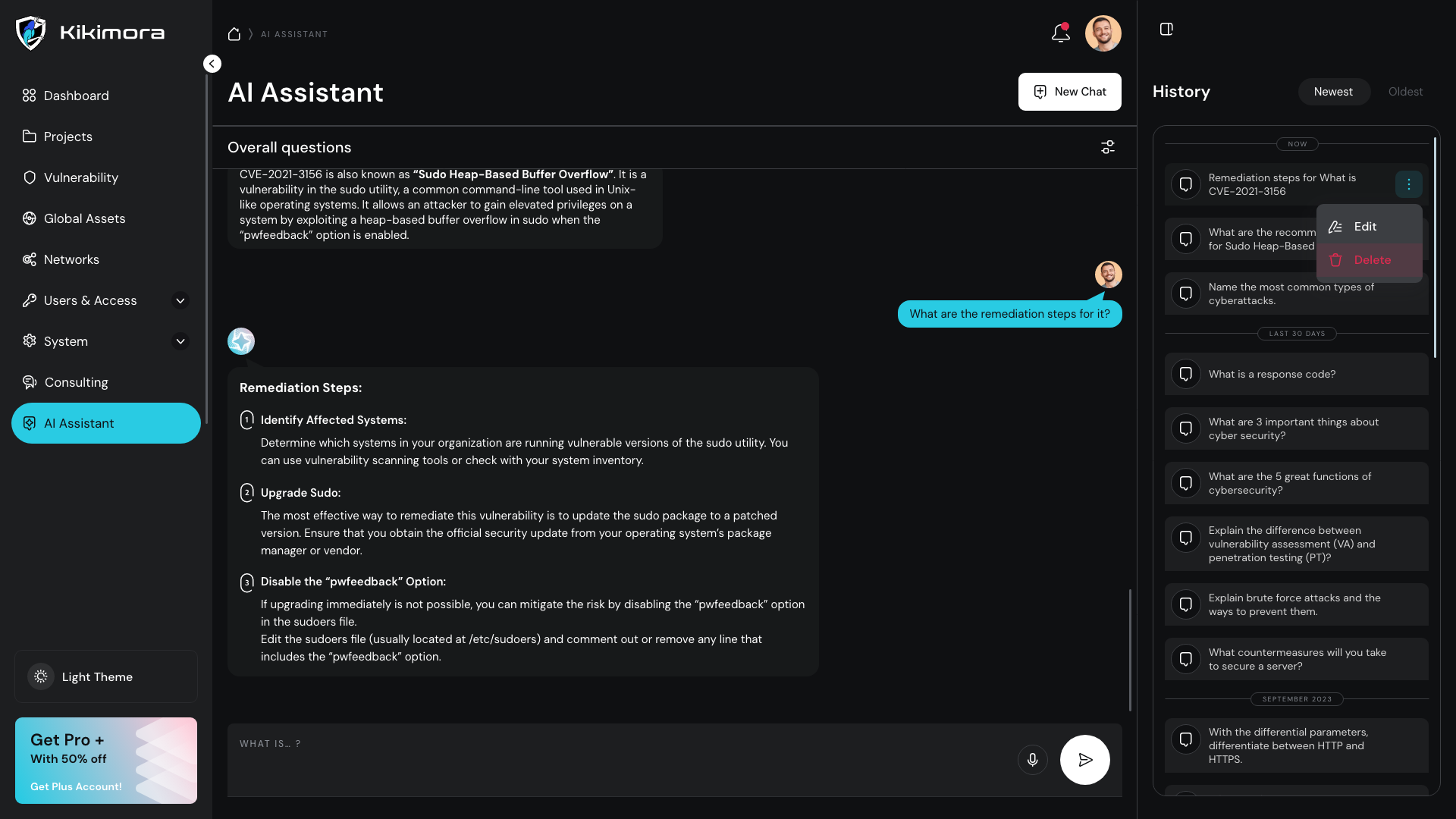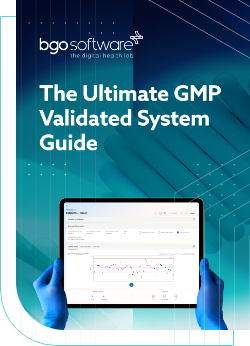The Need
In today’s digital landscape, cybersecurity is a paramount concern for businesses. As cyber threats evolve rapidly, identifying and managing vulnerabilities is crucial for protecting sensitive data and maintaining operational integrity.
Many companies struggle with the sheer volume of potential vulnerabilities in their systems. Traditional methods of identifying and addressing these issues are often time-consuming, manual, and prone to human error. This leads to a significant delay in response time, increasing the risk of exploitation by malicious actors.
Every Cyber Security expert needs to deal with a huge amount of daily information – vulnerabilities, new exploits, specific exposure, infrastructure & environment complexity, etc, that leads to very tough decision making “from where to start”, “what to address first”, “is what I’m doing the perfect approach”, etc.
This gap in efficient vulnerability management can lead to disastrous consequences, including data breaches, financial losses, and damage to company reputation. There is a pressing need for a solution that can swiftly identify, prioritize, and suggest remediation for these vulnerabilities.
The Challenge
The primary challenge in managing vulnerabilities lies in the sheer volume and complexity of the data that needs to be analysed.
Cybersecurity teams must sift through thousands of potential vulnerabilities, originating from various sources like network scanners, threat intelligence feeds, and software dependency trackers.
Many companies face resource constraints, both in terms of budget and skilled personnel. This makes it challenging to keep up with the continuous monitoring and analysis required for effective vulnerability management.
Each vulnerability needs to be assessed for its relevance, severity, and potential impact on the business.
Additionally, there is a challenge in integrating this process seamlessly with existing IT workflows and ensuring that the remediation actions are tracked and verified.
Our client’s primary request was to help them plan, architect, develop and implement an AI Powered Assistant that will help the cyber security experts in all of their daily duties, being always available, always aware of the latest information, always considering the hundreds aspects of the cyber security and always able to answer and help.
Тhe Solution
The AI assistant, developed specifically for vulnerability management, addresses these challenges head-on. Using advanced machine learning algorithms, the AI Assistant can analyse large datasets to identify and prioritize vulnerabilities based on their severity and the unique context of the organization’s IT environment.
The AI Assistant handles the following:
- Operate on all user owned data directly drilling into the database, building SQL queries, investigating, and considering all information/data relations and constraints.
- Aggregates data from multiple sources and uses natural language processing to understand and categorize vulnerabilities.
- Employs sophisticated algorithms to assess the risk associated with each vulnerability, considering factors like exploitability, impact, exposure and the organization’s specific infrastructure and past incident history.
- Seamlessly integrates with existing IT management tools (JIRA, where ServiceNow is on the go) and automates workflows for addressing vulnerabilities, including ticketing, patch management, and compliance reporting.
- Continuously learns from new data and cybersecurity trends, ensuring the organization stays ahead of emerging threats – being aware of all NVD vulnerabilities and weaknesses data (consisting of more than 3 million pages of cyber security information)
- Considers the end-user specific access & role, constraining the output accordingly
- The AI assistant is fully integrated within the client’s platform UI
Value Delivered
50% decrease in operational expenses for vulnerability management
560 hours saved on vulnerability management per month
$128K more revenue generated annually
Enhanced Security Posture: By efficiently identifying and addressing critical vulnerabilities, the AI assistant significantly reduces the risk of security breaches.
Increased Efficiency: Automates routine tasks, freeing up cybersecurity professionals to focus on strategic initiatives.
Scalability: Capable of handling the increasing volume and complexity of cybersecurity data, making the organization’s vulnerability management process future-proof.
Compliance and Reporting: Assists in maintaining compliance with industry regulations through automated reporting and documentation, reducing the risk of non-compliance penalties.
Real-Time Insights and Decision Making: Provides real-time insights into the organization’s security posture, enabling quicker and more informed decision-making.

















